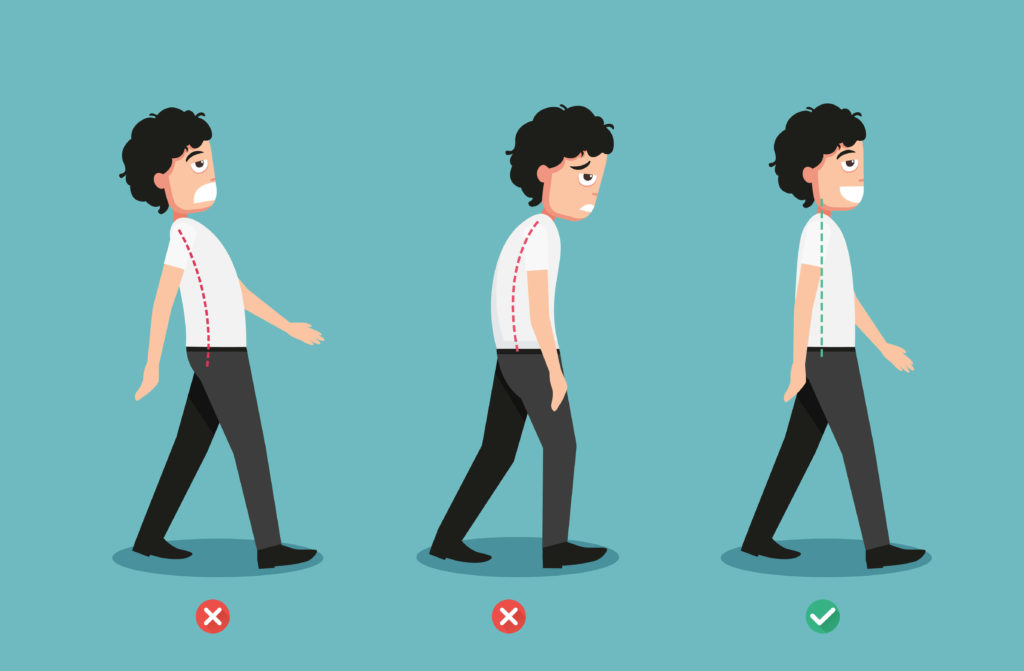
The sciatic nerve is a nerve which is responsible for many aspects of your body, yet we often do not realize it; except when it’s inflamed and we’re in pain. In this post, we’ll be discussing how your walking posture may end up affecting your sciatic nerve. This process of how you walk and how it affects your sciatic nerve is often referred to as a sort of chain-reaction effect. Your posture is extremely important and if it’s not corrected, your sciatic nerve may not be the only part of your body which is affected over time. Read on to learn more about how we may be able to help you correct your posture and relieve your sciatic nerve pain here at Neurosurgery & Spine Consultants.
Types of Walking Patterns Which May Affect Your Sciatic Nerve
The specific types of walking patterns you may find yourself engaged in may end up affecting your sciatic nerve. Below are a few walking patterns we’ve seen amongst our patients:
Walking with Your Pelvis in Front of You
A swayback posture can cause sciatic pressure and pain in certain individuals. The swayback posture is when you shift your upper-back backwards and your pelvis is thrusted forward; all increasing the natural curve of your upper and lower back. This position is not natural and can cause other issues to arise over time. Altogether, this position may lead to an increased level of stress on your lower back muscles, ultimately leading to fatigue within the associated areas.
Walking with a Flattened Back
If you walk with a flat back, you run the risk of increasing the pressure on your vertebrae of your lower back. In turn, your lower back, hips, buttocks, and thigh muscles may become fatigued or weakened over time.
Walking By Excessively Curving Your Back
If you choose to increase the curve in your back through walking with a posture which involves thrusting your abdomen and increasing the lordotic posture pose, thus increasing the pressure on your spinal facet joints, leading to a potential overload of stress. Interestingly, the muscles which work with your spine to support it can become underactive simultaneously and cause your thigh muscles to overcompensate towards your spinal stabilization.
Walking with a Hunched Posture
Also known as a kyphotic posture, walking with a hunched back can cause your chest to tilt forward and increase the stress within the abs and core of your body.
Ways to Protect Your Sciatic Nerve While Walking
Some of the best ways you can proactively protect your sciatic nerve while walking consist of the following:
•Maintaining a neutral postural position where your head is aligned with the top of your spine and your ears positioned above your shoulders.
•When walking, be sure to step between your midfoot and heel and glide into your toes where you push off to the next step. This style of walking can help reduce your stride length and in turn promote a better, all around walking style.
Choosing Neurosurgery & Spine Consultants for Your Sciatic Nerve Pain Needs
If you’ve been experiencing sciatica and have yet to find a resolution for your pain, you’ll want to contact us at Neurosurgery & Spine Consultants. We’ll be here waiting to assist you on your journey towards health and wellness. Feel free to reach out to us using the form below and we’ll be sure to respond to you as soon as possible. We look forward to hearing from you soon!
DISCLAIMER: No content on this site, regardless of date, should ever be used as a substitute for direct medical advice from your doctor or other qualified clinician.